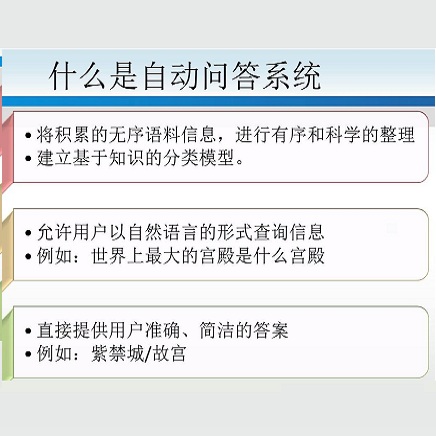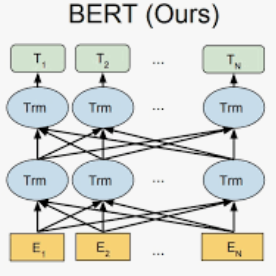Recent advances with language models (e.g. BERT, XLNet, ...), have allowed surpassing human performance on complex NLP tasks such as Reading Comprehension. However, labeled datasets for training are available mostly in English which makes it difficult to acknowledge progress in other languages. Fortunately, models are now pre-trained on unlabeled data from hundreds of languages and exhibit interesting transfer abilities from one language to another. In this paper, we show that multilingual BERT is naturally capable of zero-shot transfer for an extractive Question Answering task (eQA) from English to other languages. More specifically, it outperforms the best previously known baseline for transfer to Japanese and French. Moreover, using a recently published large eQA French dataset, we are able to further show that (1) zero-shot transfer provides results really close to a direct training on the target language and (2) combination of transfer and training on target is the best option overall. We finally present a practical application: a multilingual conversational agent called Kate which answers to HR-related questions in several languages directly from the content of intranet pages.
翻译:语言模型(例如,BERT, XLNet,...)最近的进展使得人类在阅读理解等复杂NLP任务方面的表现超过人类业绩,然而,用于培训的标签数据集大多以英文提供,这使得难以确认其他语文的进展。幸运的是,现在对模型进行了关于数百种语言的未标签数据的培训,并展示了一种语言向另一种语言转移的有趣能力。在本文件中,我们表明多语种的BERT自然能够从英语到其他语言的抽取问题解答任务(eQA)的零发传输能力。更具体地说,它超越了以前已知的向日语和法语转移的最佳基线。此外,我们利用最近出版的大型eQA法文数据集,能够进一步表明:(1) 零发传输提供了真正接近目标语言直接培训的结果,(2) 目标语言的传输和培训相结合是整个最佳选择。我们最后提出了一个实用应用:一个称为Kate的多语种对话代理,直接从内联网网页内容中用几种语言回答与人力资源有关的问题。



